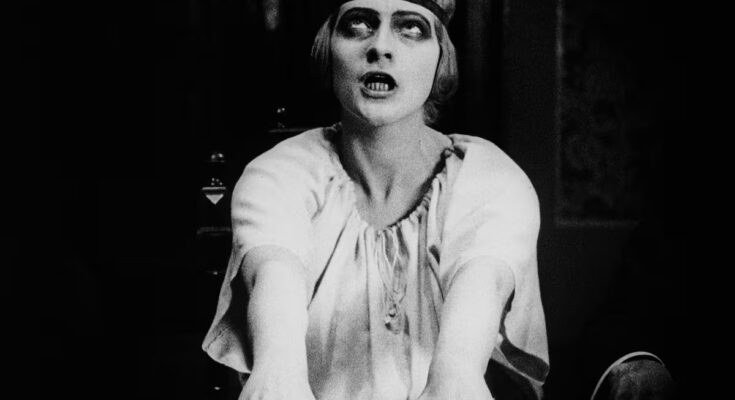For a handful of years, Germany was at the forefront of world art thanks to Expressionism, the first artistic movement in which cinema was considered on par with painting, architecture and sculpture. Furthermore, for the first time, a cultural current reflected the past, showed the present and prophesied (correctly) the future of a country. The Canal Foundation of Madrid dedicates the exhibition to this artistic and social explosion. Expressionism. an art of cinema, which until January 4, 2026 brings together 152 pieces, including engravings, paintings and sequences and frames of 11 cinema masterpieces.
For the rest of Europe, the memory of expressionism may focus on cinema, but in Germany it encompasses much, much more. The materials in the exhibition arise from the collaboration between the Murnau Foundation and the Tübingen Cultural Exchange Institute, whose director, Maximilian Letz, was present at the inauguration in Madrid.
Letz supports a theory similar to that created in 1947 by film critic legend Siegfried Kracauer in his study From Caligari to Hitler. A psychological history of German cinema. Between 1918 and 1933 Germany experienced a lively and complex period, because with the Weimar Republic the middle class and a cultural explosion emerged. But hyperinflation also devastated and in German society, full of resentment and pain, Nazism began to grow. “And all of this,” Letz points out, “is captured by expressionism.”
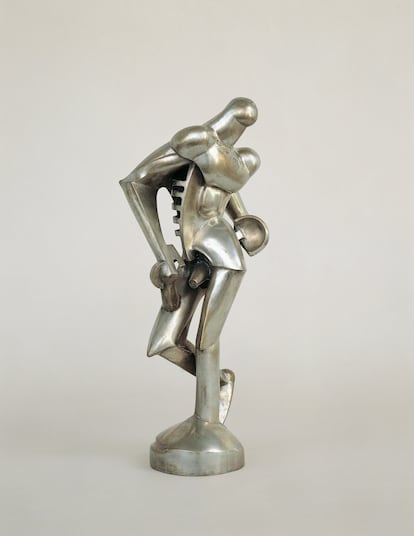
The exhibition is divided into three large sections, united by the theme: Rupture/Liberation; Shape/Deformation and Sleep/Trauma. Social vibrations and fears were translated into art in a plasticity of angular decorations, elongated shadows, intense colors and elongated atmospheres. “As there was a huge migration from the countryside to the city, from which this middle class arose, country life was idealized as a bucolic rest in the face of liberal cosmopolitanism and the dehumanization of the industrial chain,” explains the curator of the exhibition.
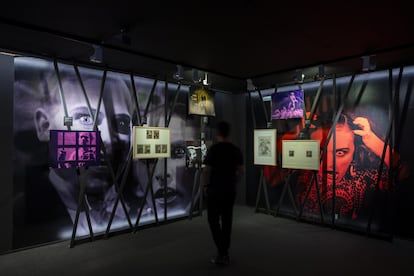
Expressionist artists formed a movement that aspired to this gesamtkunstwerk (total work of art) and this is why cinema becomes the flag of the current: lights, stories, interpretations, sets with meticulously designed architecture… Everything is expressionist in films like The Cabinet of Doctor Caligari, Nosferatu, Metropolis, From Morning to Midnight, The Golem, Doctor Mabuse: The Great Gambler and even Prince Achmed. In the exhibition there are fragments that anticipate a turbulent end to German society and the transformation of its cinematography into a Nazi propaganda machine.
A director like Fritz Lang (Metropolis, Doctor Mabuse) He sensed the atmosphere that surrounded him and brought expressionism towards realism with a detective plot (it was the first great precedent of this genre) in M, the vampire of Düsseldorf, his first sound film and the penultimate one made in his country: Lang fled the same night as the day he received the offer from Goebbels to lead the Nazi cause in cinema. That monster, that of Nazism, leaves its mark in all the dark corners of the latest expressionist works – over time.
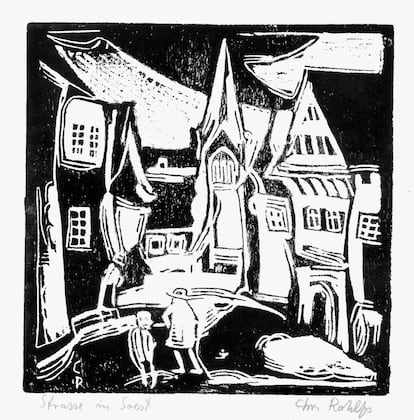
“The movement”, underlines the curator, “was fascinated by the places that then belonged to the counterculture, such as traveling fairs or cabaret”. Hence the leap to the monster, but as a mirror of human fragility and metaphor “of the collective traumas caused by the cruel First World War, by the final defeat and by political instability”. And not only will they be physically hideous creatures (Count Orlok by Nosferatu; Caesar’s The toilet… the golem or the robot Maria Metropolis) but also psychologically (Dr. Mabuse) to illustrate the moral duality and the internal laceration that can lead to madness.
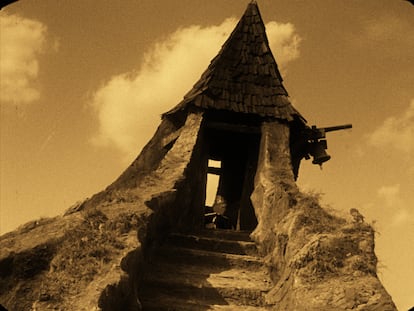
Here, in the physical incarnation of this current, the forms twist on themselves, the distortion reaches deformation: in the cities there is chaos and asymmetries; The oppressive and oblique geometry traps the artists. It will be a constant of expressionism, since a work from 1911 is popular Street in Soest, by Christian Rohlfs, until its final representation on the screen, which is also inspired by psychoanalysis and its translation of dreams.

Because dreams and traumas are also fascinating creative drivers of expressionism, which revels in those nightmarish images. The post-war trauma, the repressed impulses, the drowning of the ego – subordinating it to the collective -, the triumph of Sigmund Freud’s theories… Germany is sick and its art describes it with an almost clinical language. Curiously, many of these works come from female creators, such as the screenwriter Thea von Harbou (co-author of the latter’s films with Fritz Lang) or the painters Paula Modersohn-Becker and Käthe Kollwitz. At the Madrid exhibition, together with films like Mysteries of a soul, There are several particularly painful Kollwitz lithographs (The woman trusts in death, Death of a child, Death seizes a woman) products of his artistic ideal. Kollwitz, who lost a son in combat during the Great War, wanted his art to reflect the social conditions of the time and for this reason he insisted on bearing witness to the poverty and life of the working class and especially of women.
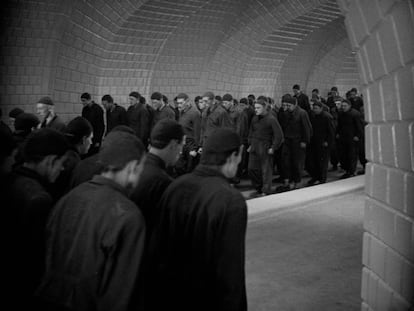
However, these artists could do little with the female portrait shown in Expressionism – and in many cases encouraged it – which represents women as fragile, self-conscious and vulnerable beings, trapped in mental conflicts and whose body is a container to house pain. Either that, or fatal woman, Yes, she is an emancipated woman, albeit manipulative and seductive in the face of man’s desire and frustration.

All that portrait of social unrest, urban alienation and criticism of urban morality, all that symbolic charge expressed in subjectivity and latent emotion in any work of expressionism x-rayed a turbulent moment and prophesied its final result, Nazism, which erased the artists and their traces, but not their influence. And this can be seen in the works of David Lynch, Bernard Buffet, Francis Bacon, Antonio Saura or even Tim Burton. The Nazis called it degenerate art; the rest of the world, as the first great multidisciplinary artistic avant-garde.
